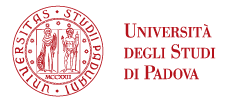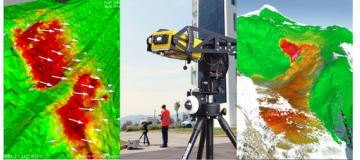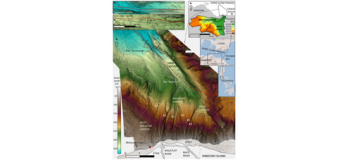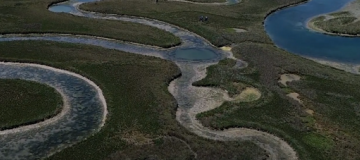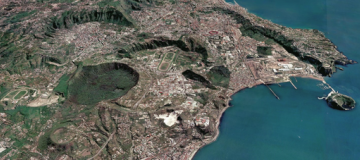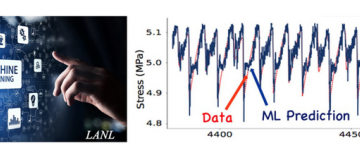
Machine Learning, Artificial Intelligence and earthquake forecasting
Speaker: Prof. Chris Marone (Università di Roma La Sapienza, Dipartimento di Scienze della Terra) - 1st Dicembre - 4,30 pm | Aula Arduino
01.12.2022
This talk will summarize how machine learning (ML) is being used with both active and passive lab seismic data to predict lab earthquakes. These works show: 1) that ML can predict the timing and magnitude of labquakes using acoustic emissions (AE) that originate in the lab fault zone and 2) that in addition to these passive measurements of lab AE, active source measurements of changes in fault zone elastic properties during the lab seismic cycle can be used to predict lab earthquakes.

